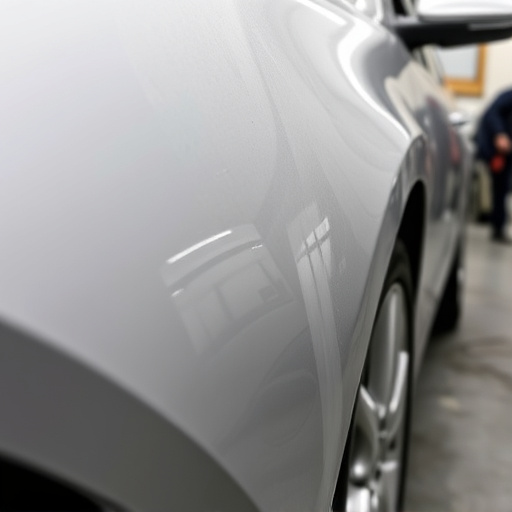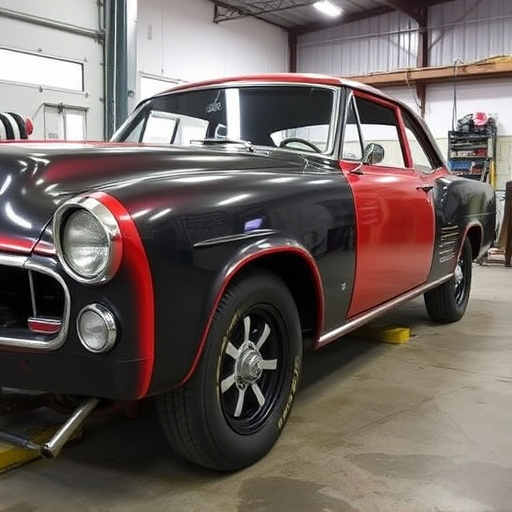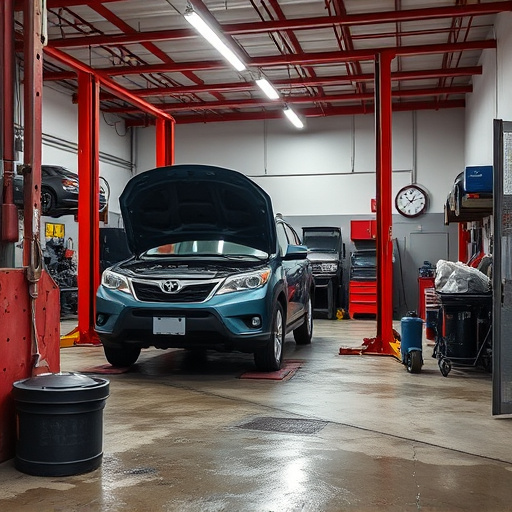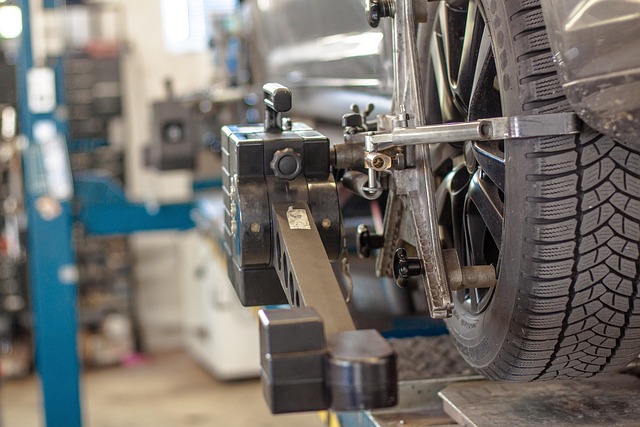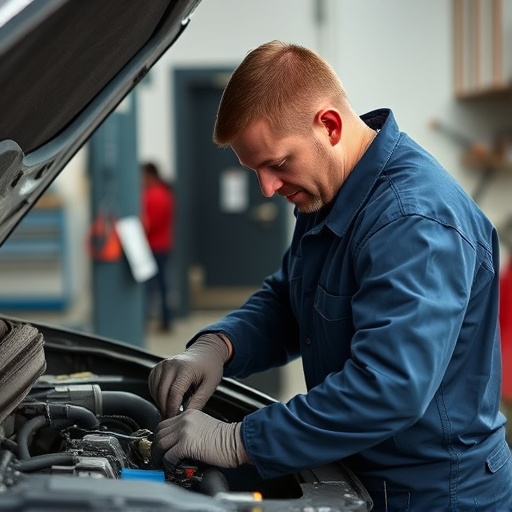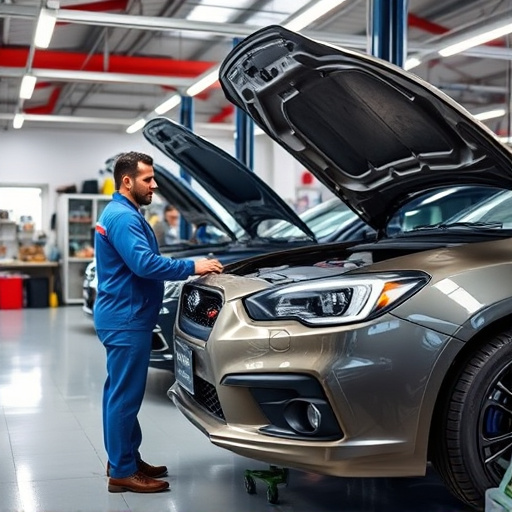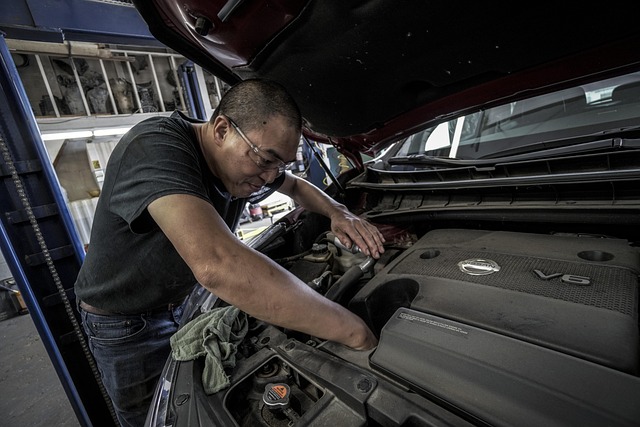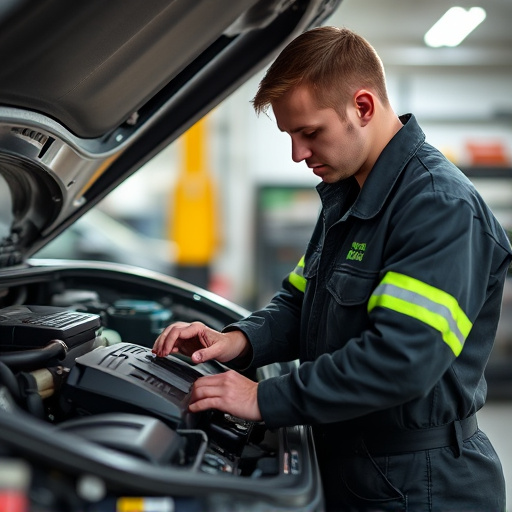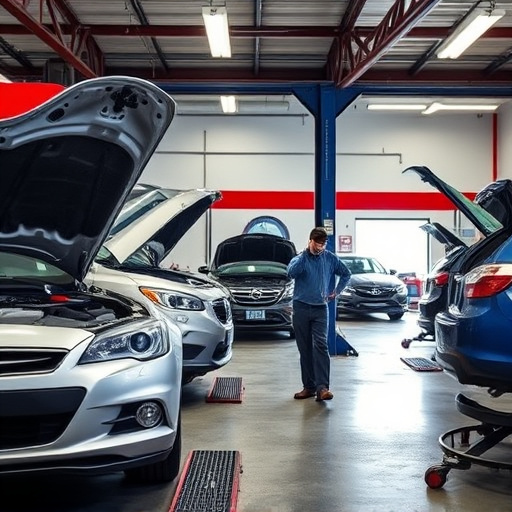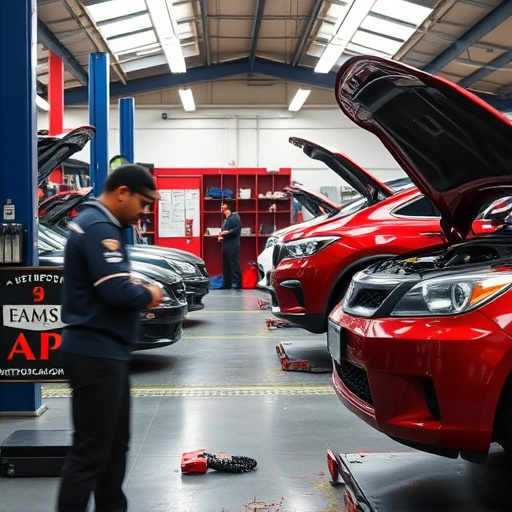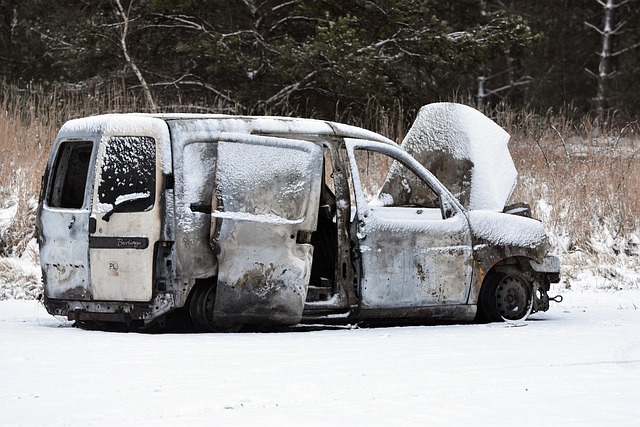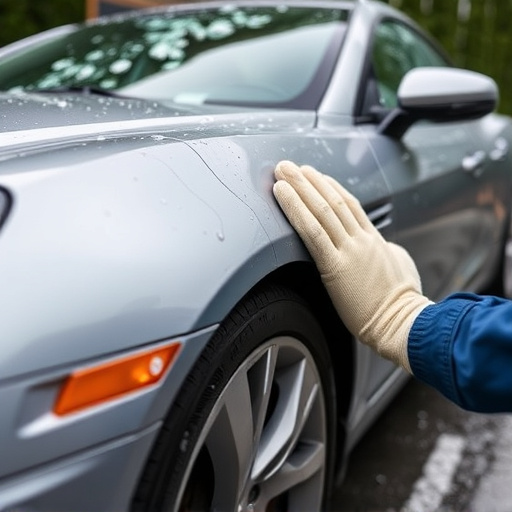Collision repair technicians are essential for ensuring vehicle safety and structural integrity after accidents. They master various repair techniques, from minor scratches to complex body work, meticulously restoring vehicles to pre-accident conditions. Their expertise enhances driver and passenger security, streamlines insurance claims by upholding high quality standards, and makes every repaired vehicle roadworthy and safe through rigorous safety inspections and advanced diagnostic tools.
Collision repair technicians play a vital role in ensuring vehicle safety after accidents. Beyond fixing dents, they conduct thorough safety inspections to identify potential hazards and structural weaknesses. This article delves into the crucial tasks these experts undertake, exploring their multifaceted role in making roads safer. From essential checks to cutting-edge tools, understand how collision repair technicians safeguard drivers and passengers through meticulous inspection processes.
- Understanding Collision Repair Technicians' Role
- Essential Safety Checks They Perform
- Tools and Techniques Used in Inspections
Understanding Collision Repair Technicians' Role
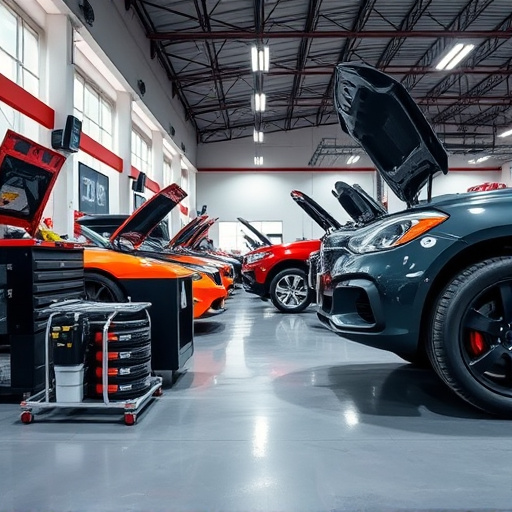
Collision repair technicians play a pivotal role in ensuring the safety and structural integrity of vehicles post-collision. Their expertise lies in assessing and repairing various types of automotive damage, ranging from minor car scratch repairs to complex automotive body work. These professionals are well-versed in a multitude of techniques, enabling them to meticulously fix dents, cracks, and even complete vehicle reconstructions.
Understanding the significance of their role is paramount, as collision repair technicians often serve as the last line of defense in restoring vehicles to their pre-accident condition. Their meticulous attention to detail not only guarantees the safety of drivers and passengers but also contributes to the overall efficiency and cost-effectiveness of insurance claims processes. With their skilled hands, these technicians navigate the intricate labyrinth of collision damage repair, ensuring that every vehicle they touch is safe for the road and meets the highest standards of quality.
Essential Safety Checks They Perform
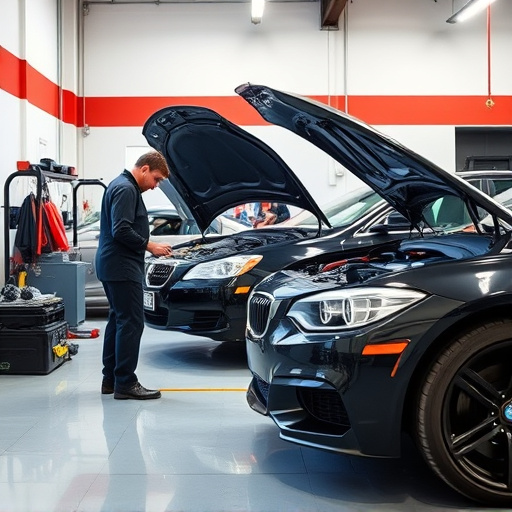
Collision repair technicians are experts in their field, equipped with a keen eye for detail and a deep understanding of vehicle construction. When conducting safety inspections, they perform essential checks that go beyond visual assessments. These include meticulously inspecting critical components like brakes, suspension systems, and lighting to ensure they function optimally and meet safety standards.
Furthermore, collision repair technicians are skilled in identifying potential hazards related to structural integrity, especially after a collision. They carefully evaluate the vehicle’s frame, checking for any misalignments or damage that could compromise its safety. This process is crucial, particularly when dealing with complex repairs, such as those involving a vehicle dent repair or auto glass replacement, ensuring the overall safety and reliability of the automobile.
Tools and Techniques Used in Inspections
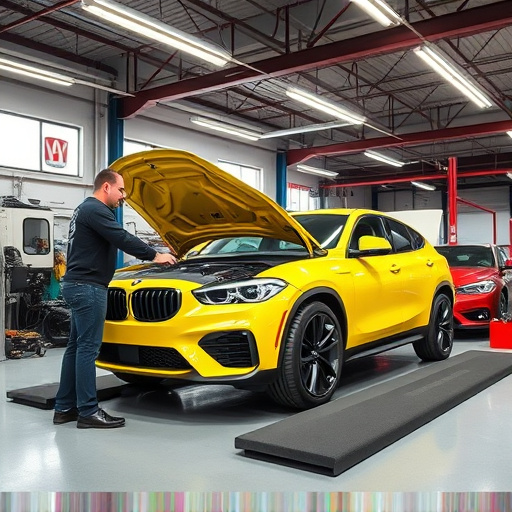
Collision repair technicians employ a diverse array of tools and techniques to conduct thorough safety inspections. These include specialized diagnostic scanners that can identify hidden damage and code issues within a vehicle’s computer systems, ensuring every component functions optimally. Manual examinations with precision instruments like calipers and feeler gauges are also crucial for measuring alignment, detecting uneven body panels, and assessing the integrity of critical parts like door jams and frames.
Moreover, technicians utilize high-quality lighting equipment to scrutinize hard-to-reach areas and inspect underbody components, while portable or in-bay lift mechanisms enable safe and efficient access to various parts of the vehicle. In addition to these, collision repair technicians often rely on advanced software applications that offer detailed digital measurements and imaging, facilitating accurate assessments of damage, especially in complex cases involving car paint repair or tire services. These comprehensive approaches ensure that any potential safety hazards are identified and addressed before a vehicle leaves the collision center.
Collision repair technicians play a vital role in ensuring vehicle safety through rigorous safety inspections. By mastering essential checks, utilizing specialized tools, and staying updated with industry standards, these professionals guarantee that repaired vehicles meet the highest safety criteria. Their meticulous work not only protects drivers and passengers but also contributes to the overall efficiency and reliability of the automotive industry.

